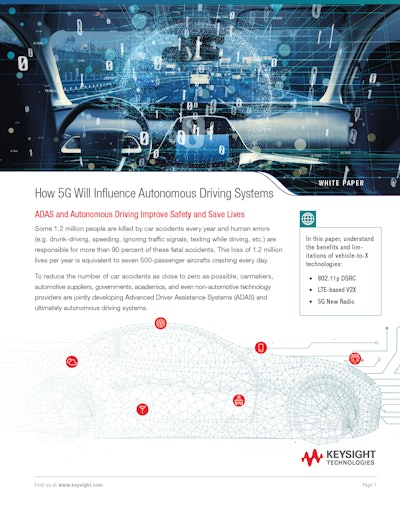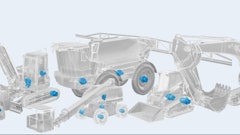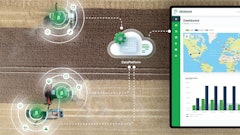
ADAS and Autonomous Driving Improve Safety and Save Lives
Some 1.2 million people are killed by car accidents every year and human errors (e.g. drunk-driving, speeding, ignoring traffic signals, texting while driving, etc.) are responsible for more than 90% of these fatal accidents. This loss of 1.2 million lives per year is equivalent to seven 500-passenger aircrafts crashing every day.
To reduce the number of car accidents as close to zero as possible, carmakers, automotive suppliers, governments, academics, and even non-automotive technology providers are jointly developing Advanced Driver Assistance Systems (ADAS) and ultimately autonomous driving systems.
Two existing wireless communications technologies, Dedicated Short Range Communications (DSRC) and 4G-cellular LTE, are used in current and near-future automotive wireless communications. However, limitations in these technologies affect their suitability for mission-critical requirements for autonomous driving and advanced ADAS systems. Neither provide gigabit/s data rate, high-speed mobility support, massive machine communication, or ultra-reliable low latency. In this paper, you will learn how emerging 5G cellular communications solutions address the limitations of DSRC and 4G-cellular LTE to truly deliver on the promise of a safer and enhanced transportation experience.













![Hd Hyundai Xite Transformation Booth Image[1]](https://img.oemoffhighway.com/files/base/acbm/ooh/image/2023/12/HD_Hyundai_Xite_Transformation_Booth_Image_1_.657a32d4218f2.png?ar=16%3A9&auto=format%2Ccompress&fit=crop&h=135&q=70&rect=113%2C0%2C1600%2C900&w=240)
